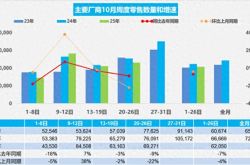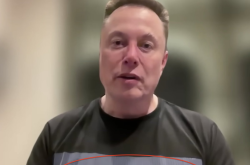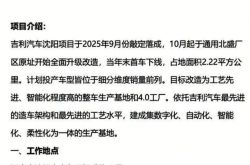The "System Crisis" of Huawei, Xiaomi, OPPO, and vivo
![]() 04/01 2025
04/01 2025
![]() 656
656

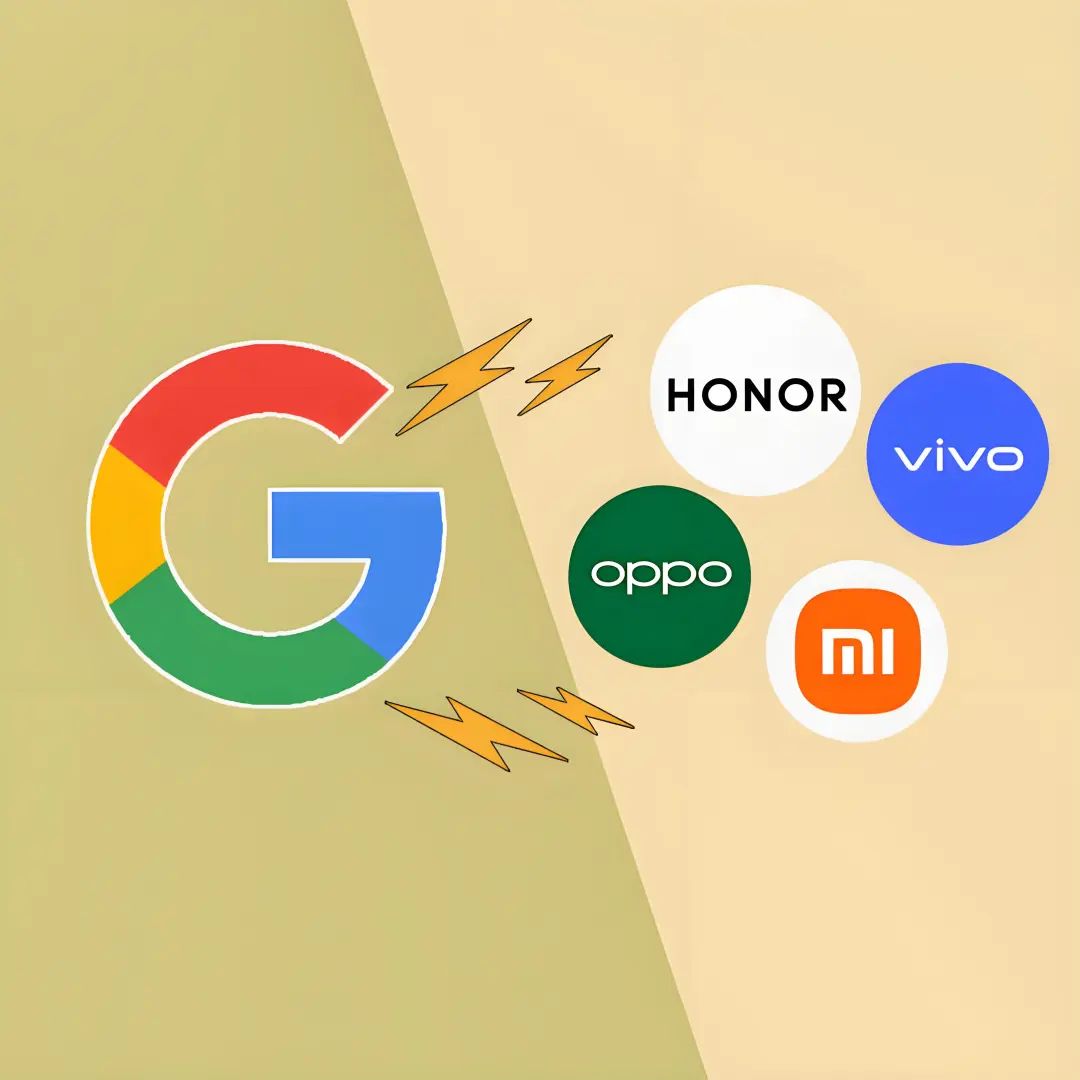
"As Google tightens its grip on AOSP, Huawei, Xiaomi, OPPO, and vivo may face limited short-term impacts but need to find a balance between agreement dependence and technological breakthrough in the long run." @TechNewKnowledge Original
Google's announcement has stirred ripples in the once-calm Android ecosystem.
Google officially announced that it will gradually cease maintaining the Android Open Source Project (AOSP) and shift core development to internal closed-source branches. This decision breaks the open-source collaboration paradigm that has been maintained by the global smartphone industry for over a decade.

For leading vendors like Huawei, Xiaomi, OPPO, and vivo that deeply rely on Android, the code licenses obtained through the GMS agreement still serve as a "safety cushion" on the surface. However, Google's reinforcement of ecosystem control, tightening of commercial terms, and closed-source approach to technological iterations are pushing the industry towards a crossroads of "stay or leave" decisions.
This change is not only an adjustment of the technological roadmap but also a reshuffle of discourse power in the mobile ecosystem. When open source no longer means absolute openness, smartphone vendors have to re-examine the balance between technological independence and ecosystem dependence.
Can Google still be fully trusted? Will it strengthen platform control and unify its service ecosystem in the future? This is not only a watershed for technological independence but also an opportunity for ecosystem reconstruction. Huawei, Xiaomi, OPPO, and vivo need to find a way out of the crisis.
01
A Change That Must Be Taken Seriously
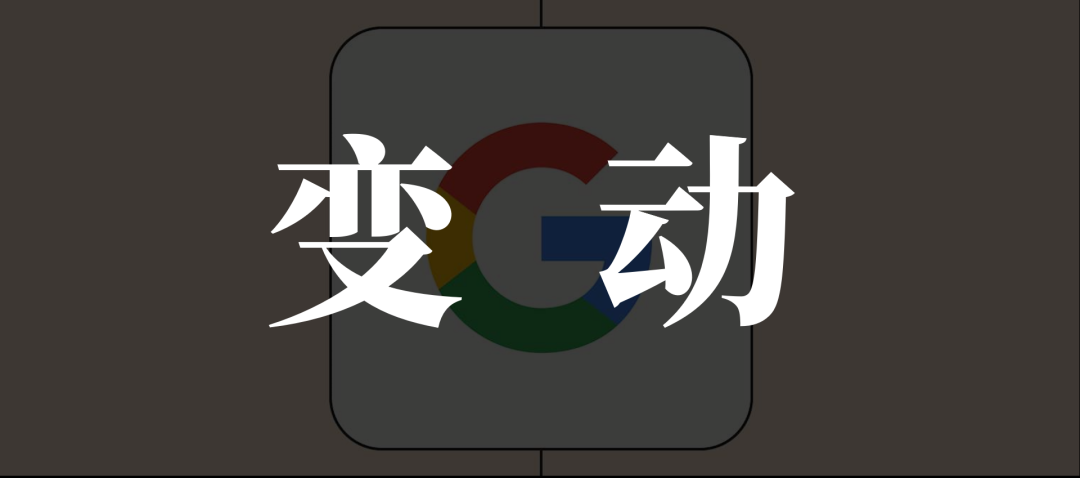
It is indeed incorrect to say that Android will become closed-source. According to Google, it will continue to publicly release the complete source code of new Android versions in the future. For example, the source code of Android 16, to be released later this year, will still be publicly released as usual.
Furthermore, Google will also continue to publish the source code of the Android Linux kernel branch. Since this kernel branch adopts the GPLv2 license (which mandates the publication of source code) and is independent of the Android Open Source Project (AOSP), it will not be affected by this adjustment.
Regarding the specific reasons, Google stated: "We are currently undergoing internal workflow changes to simplify the Android development model."
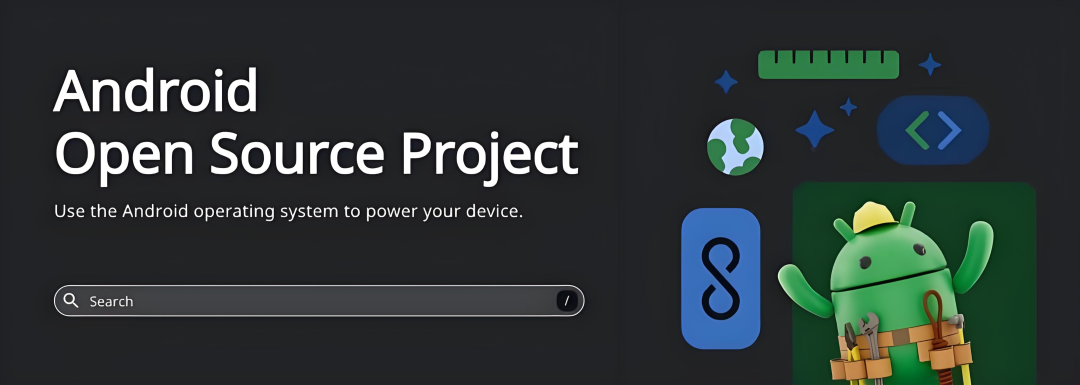
It is reported that the annual maintenance cost of AOSP is as high as $830 million, accounting for 18% of Android business revenue. It is not hard to see that Google's move can optimize costs.
Judging from the current feedback from all parties, if Google's measure is implemented, the short-term impact on the industry will not be significant. Essentially, Google hopes to optimize development efficiency and strengthen control over the Android ecosystem, not to completely abandon open source. Therefore, this will have limited impact on ordinary users and mainstream vendors, but the living space for small and medium-sized developers and uncooperative vendors may be compressed.
For example, Samsung's One UI and even Google's own Pixel UI have been customized based on the core Android experience, adding unique features and improvements. All of this is thanks to the common basic operating system provided by AOSP.
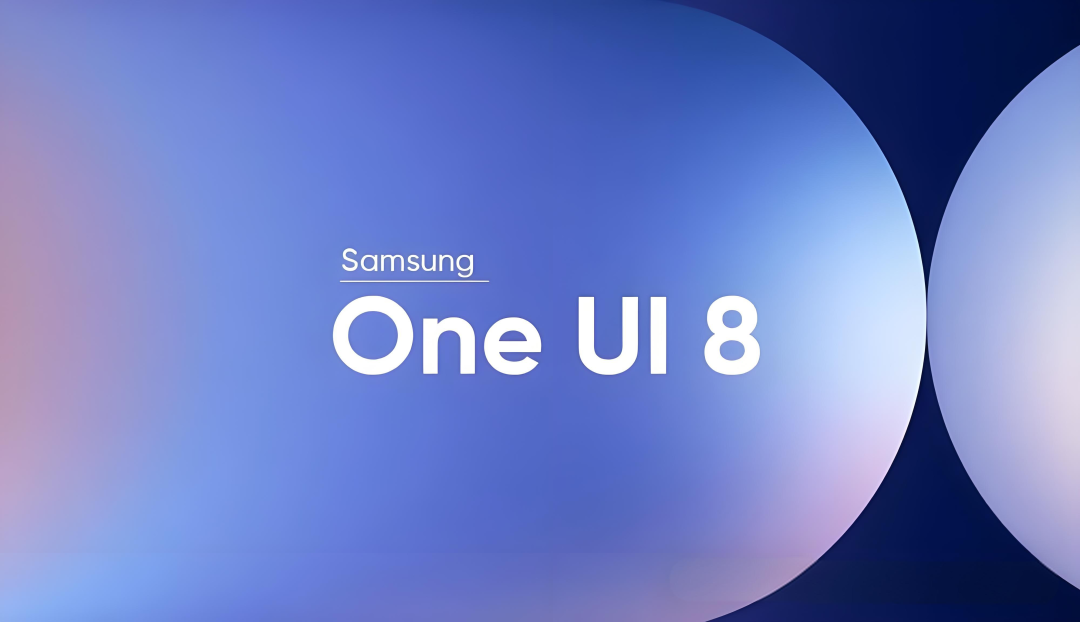
This openness has also made it possible for some companies to continue developing operating systems like EMUI and HarmonyOS based on Android after facing trade sanctions. For instance, after facing some international restrictions, Huawei could no longer obtain GMS licenses but could continue to use AOSP, eventually replacing GMS functionality with HMS. Some also believe that this means Huawei can continue to use Android, but they will not receive help from Google.
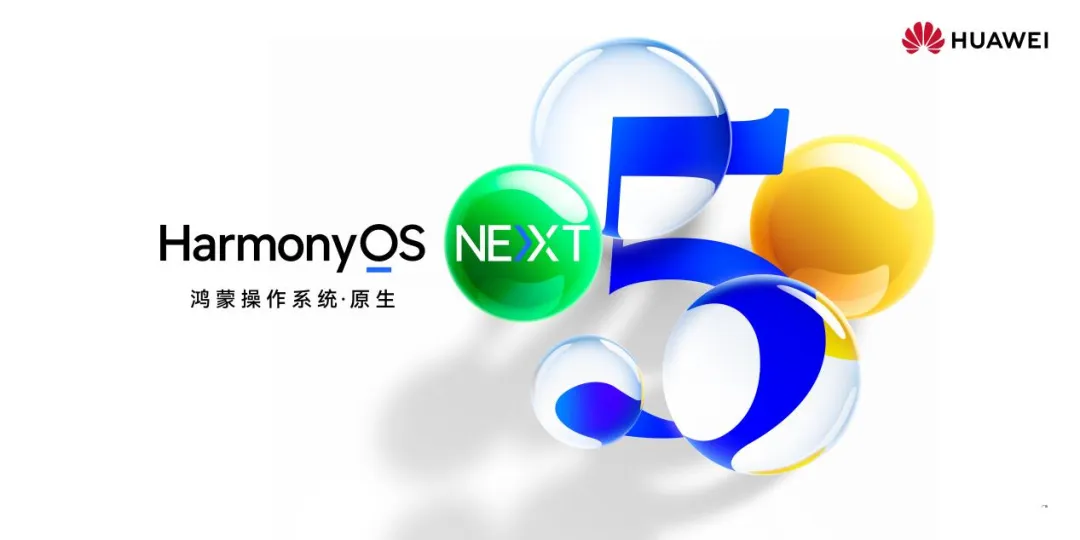
A technical leader within Honor said that there will be no impact on vendors with cooperation agreements. "Those affected are free developers without Google authorization, who will have to wait longer to obtain the new version of the code."
Internal sources from OPPO and vivo also confirmed that in the short term, the adjustment of AOSP will not bring any impact. However, a technical executive within OPPO said that in the long run, it is also a risky move for Google, and changes in the business model will prompt the industry to spontaneously build capabilities.
After the rumors spread, many insiders lamented that this adjustment broke the industry consensus of "open source means permanently open," and the open-source spirit is gradually declining in Silicon Valley. Although Google's move does not mean closed source, if the real-time transparency of AOSP is lost and development dominance further concentrates on Google and its partners, the trend towards a closed Android ecosystem is undeniable.
This is not alarmist. The previously open-source operating system OpenSolaris stopped independent development after being acquired by Oracle. At that time, OpenSolaris also announced, "We will no longer release the source code of the entire Solaris operating system in real time." But from that moment on, the source code was never made public again.
Oracle's decision back then completely froze the open-source ecosystem, and now Android seems to be sliding along a similar trajectory. Therefore, some netizens believe that the ultimate goal is likely to only meet the minimum open-source requirements, only releasing code bound by Copyleft and not owned by Google until these components are replaced by closed alternatives.
To a certain extent, Google's strategy exposes the essence that "open source ≠ eternally open," forcing Chinese vendors to accelerate their technological independence. Although Huawei, Xiaomi, OPPO, and vivo may face limited short-term impacts, they need to find a balance between agreement dependence and technological breakthrough in the long run.
02
Opportunities for "Breakthrough" Amidst the Crisis
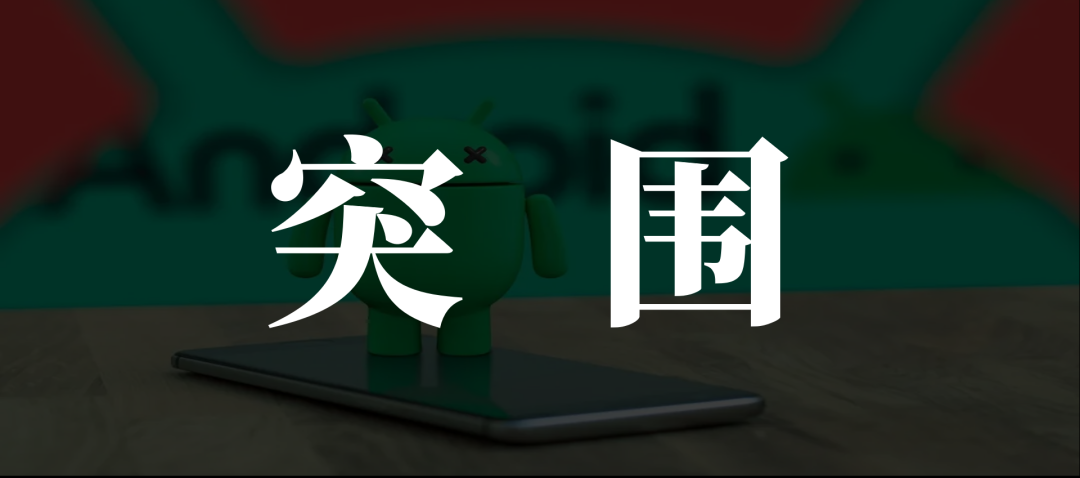
Looking back, the development journey of Android is significantly different from its initial open stance, and it is not surprising that it is gradually shifting towards a more privatized development approach.
In terms of impact, the sky will not fall on Huawei, Xiaomi, OPPO, and vivo. As mentioned above, most of these vendors have already signed various authorization and cooperation agreements with Google. The new policy will not affect their access to the latest Android source code for system updates and iterative development. C-end users will not notice significant changes in their usage experience.
Historical experience shows that there have long been signs of Android's closed-off nature, and it is difficult to be optimistic about whether future operating systems will bring further constraints.
Since 2015, when Google stripped components such as web browsers and location services from AOSP, to the gradual closed-source approach of core functions such as cameras and voice assistants in recent years, each technological adjustment has strengthened Google's control over the ecosystem. Now that the full shift to private development means that this strategy has entered a qualitative change stage – although the open-source code repository continues to exist, it has become a "technological fossil" lagging behind internal versions, and to a certain extent, it also means that the implementation of this strategy has reached a critical juncture.
Android has transformed from an "open public platform" to a "controlled commercial tool." Perhaps Android will still be "open source" in the future, but this open source will not be the same as before, with Google's dominance becoming stronger and vendors' autonomy becoming weaker. Even smartphone vendors like Huawei, Xiaomi, OPPO, and vivo need to be vigilant against excessive dependence on Android to avoid potential future bottlenecks.
However, amidst the crisis, there are also turning points. In fact, after Huawei, desensitizing and decoupling from Android, seeking self-controllable operating systems, and realizing domestic substitution of operating systems have become issues that must be put on the agenda. Leading vendors have also accelerated the construction of independent technological barriers.
Xiaomi's HyperOS strengthens "cross-device interconnection" capabilities, weakens dependence on Google services, integrates MIUI, Vela (IoT system), and in-vehicle OS, and supports local deployment of AI large models; vivo's Blue River system deeply integrates Blue Mind Intelligence into its system architecture, supports various AI algorithms and multimodal inputs, and natively integrates the intention framework into its application framework;
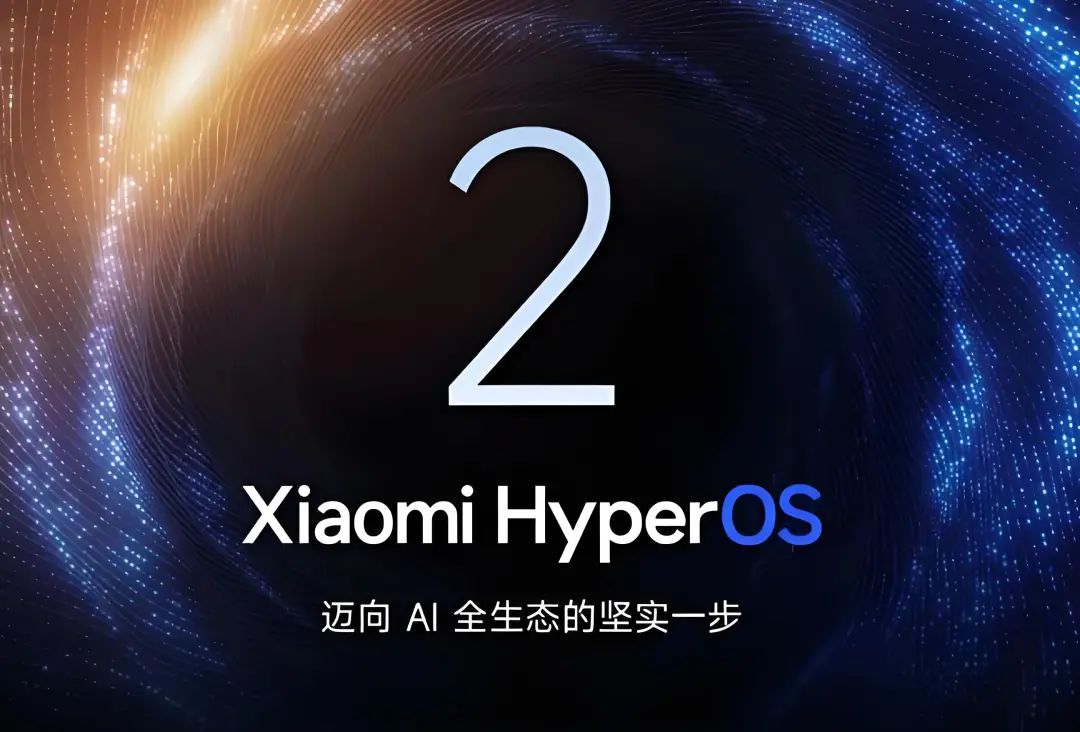
OPPO's Pantanal system, as a supplement to ColorOS, supports multi-terminal data sharing and computing coordination, improving cross-device collaboration efficiency; Honor's MagicOS is deeply optimized based on Android, incorporates AI capabilities, supports cross-device interconnection (mobile phones, tablets, PCs), and plans to upgrade to a full-scenario operating system.
Huawei, Xiaomi, OPPO, and vivo all have relevant technologies and product reserves, and each has different motivations and ideas. However, their purpose is very clear: to support the strategic development of the company and achieve a business closed loop at the software level. However, after the ripples caused by Google at this time, the situation may change.
03
A New Round of Competition in the Smartphone Industry
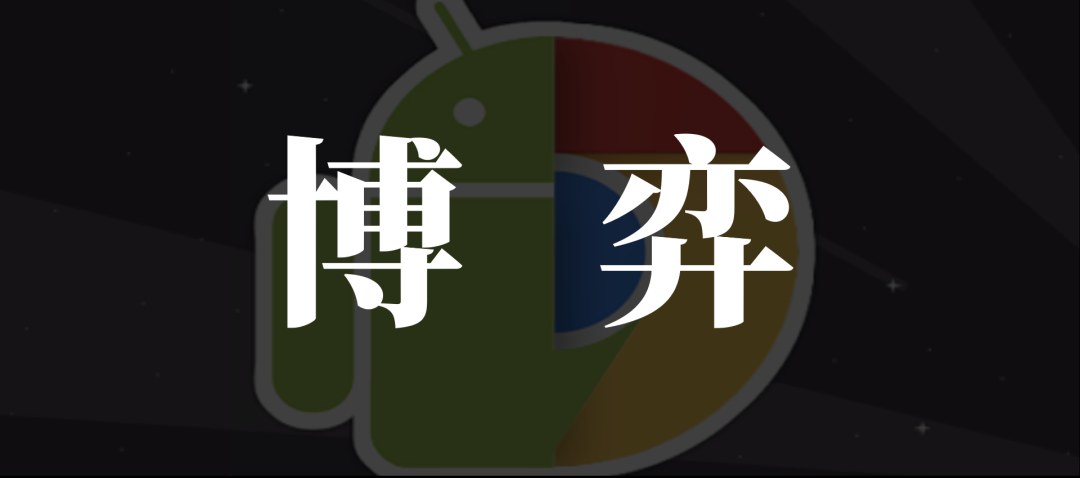
Google's closed-source strategy is forcing smartphone vendors to accelerate the localization of operating systems. In the long run, the core variable of competition is ecosystem endurance. Whoever can build an autonomous technological system such as an operating system and ecosystem faster will be able to hold their survival in their own hands.
Take the HarmonyOS as an example. Although its global market share is only 4%, its share in the Chinese market has reached 19%, compared to 17% for iOS. HarmonyOS has surpassed Apple's iOS for four consecutive quarters, firmly establishing itself as the second-largest mobile operating system in the Chinese market, with outstanding performance.
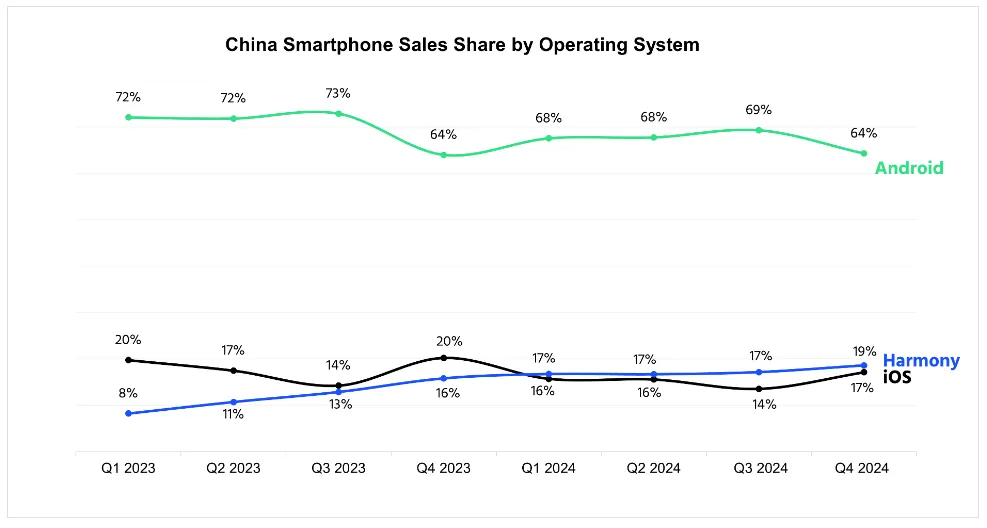
Although Google's adjustment to the Android development model tends to close off its ecosystem, from another perspective, it also provides an opportunity for industry change. As the saying goes, "If Google doesn't do it, someone else will, and they can succeed." HarmonyOS is a typical example.
The competition for operating systems has escalated into a comprehensive contest of ecosystems. Apple's iOS occupies half of the profits in the high-end market through the "hardware + software + service" closed loop, while Google attempts to strengthen its control over the "service ecosystem" through closed source. In the future, Android may evolve into a subscription model of "AI as a service," where users need to pay to unlock core functions such as Gemini AI.
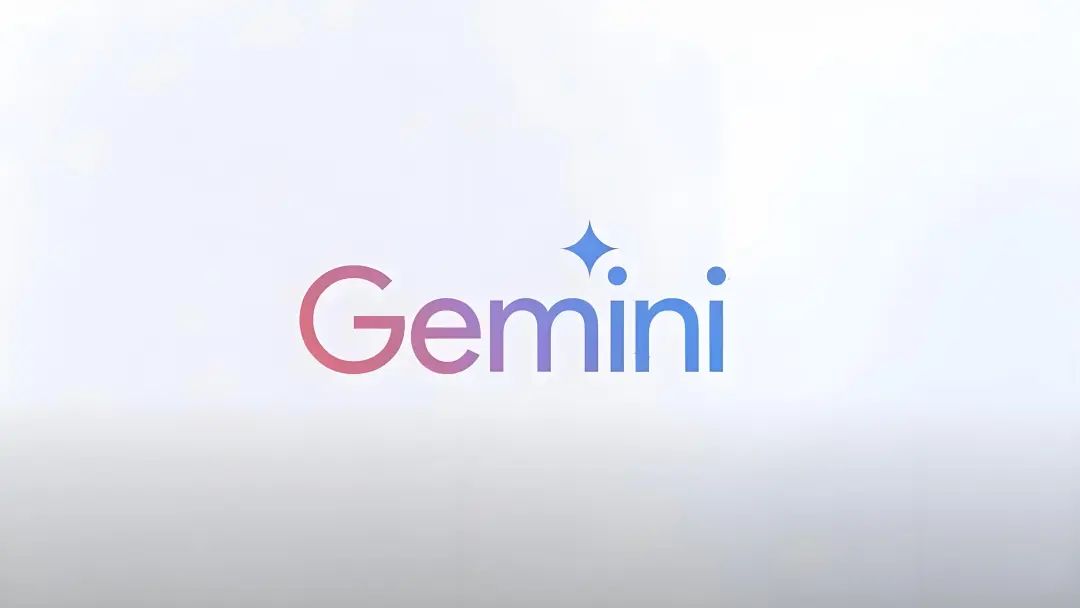
The breakthrough point for Chinese vendors lies in building a new ecosystem of "hardware + data + scenarios." Currently, Xiaomi and Huawei are among the vendors that are relatively ahead. The reason is simple: developing an operating system is not difficult for Huawei, Xiaomi, OPPO, and vivo, and they have the technical capabilities to achieve it. However, building an ecosystem is extremely challenging. The previous WP system encountered problems with its ecosystem. Everyone in and out of the industry has a clear understanding that whether an operating system can survive after being developed depends on its ecosystem, not technology. Either building it oneself or attracting developers is the key to the growth and development of an operating system.
In the initial stages of setting up operating system projects by smartphone vendors, almost all of them realized that Android could not meet their enterprise development needs. The key to the success of self-developed operating systems lies in the transition from Android and the cultivation of ecosystems.
Therefore, Google's gradual closure of Android is a game between commercial interests and the ideal of open source, and it is also a microcosm of the struggle for discourse power in the operating system and ecosystem in the AI era. For vendors like Huawei, Xiaomi, OPPO, and vivo, they need to adapt to Google's terms adjustments in the short term and accelerate technological self-research and ecosystem diversification in the long run.
However, throughout the development history of smartphone operating systems, a reality is that there have been countless challengers and losers, and even those led by giants like Microsoft and Samsung ended in disappointment.
It is extremely difficult for a newly self-developed operating system to gain a firm foothold in the market. Although Huawei has long attempted to establish a completely autonomous ecosystem, it would not have developed the native HarmonyOS unless it faced sanctions that prevented it from using the Android system, putting its entire mobile phone business at risk of survival.
This ecological change triggered by the closed-off nature of Android essentially reveals the struggle for technological sovereignty in the digital and AI eras. When the spirit of open source gives way to commercial monopoly, only by mastering the autonomy of core technologies can one remain invincible in the game of intelligent terminal ecosystems.
At the crossroads of open source and closed source, Chinese vendors can only grasp the initiative in the reconstruction of the global industrial chain by building an independent and controllable technology system. In the future, the competition for operating systems will shift from a single product competition to a comprehensive contest of ecological systems. This is both a challenge and a historical opportunity to reshape the industrial landscape. As for which vendor will break through, we will wait and see.


